Building an energy-harvesting sensor node is rather complicated. The motivation behind SPINES is to make it an easier task.
Hardware
While SPINES Mote is a single-board design and not strictly a physical "module," it is indeed designed with modularity in mind. In addition to the reference designs of complete sensor nodes, a "reusable" PCB design template (i.e., includes everything but the microcontroller, radio module, and onboard sensors) will be released. This allows application designers to rapidly adopt energy harvesting in their unique use cases, meanwhile, preserving a compact form factor for the ease of deployment.
Software
Getting the hardware right is just the first step of creating a self-sustaining system. Some clever embedded software is needed to micromanage every joule of harvested energy. An Arduino library (for selected microcontroller types) is being developed to deal with these hassles behind the scenes, and make an application designer's life easier: They can concentrate on writing the application logic, without ever worrying about how to spend the limited amount of energy wisely.
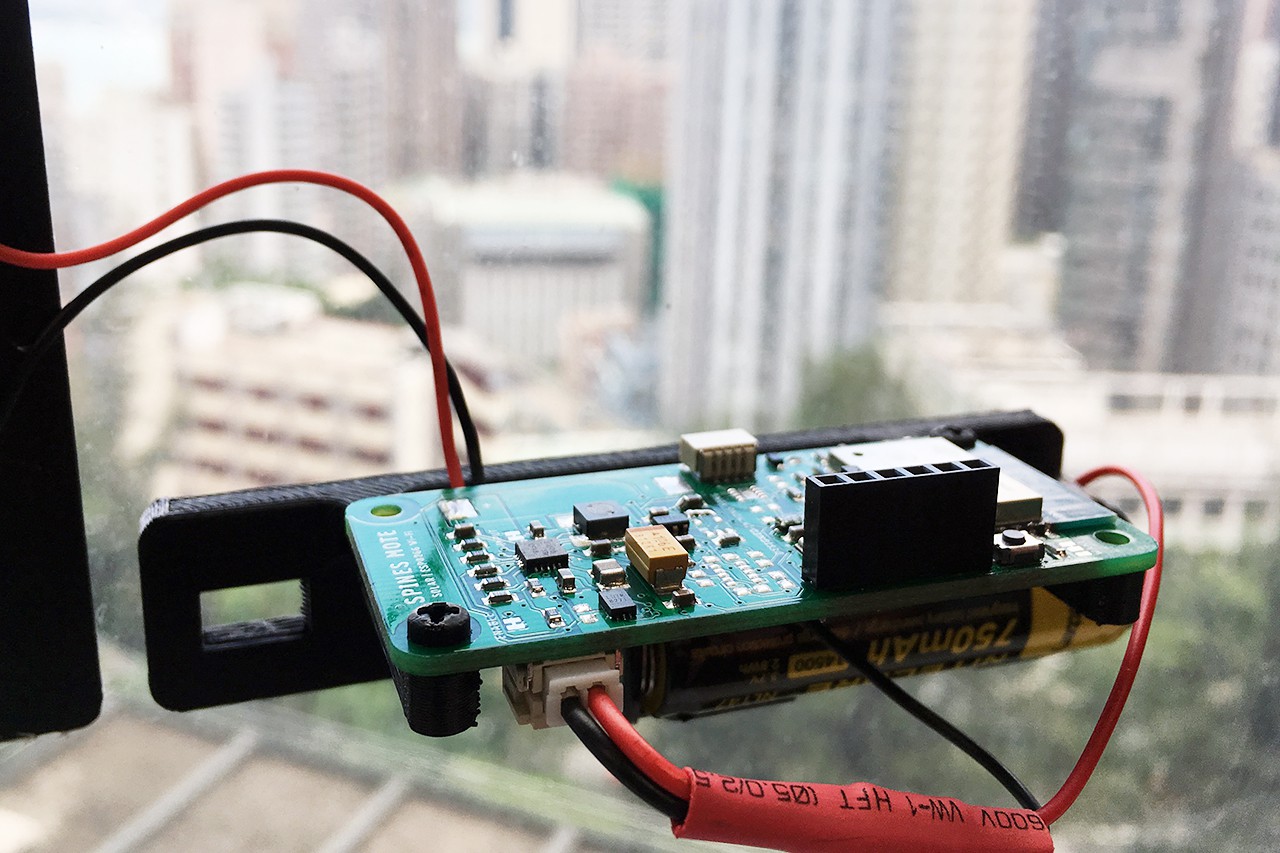
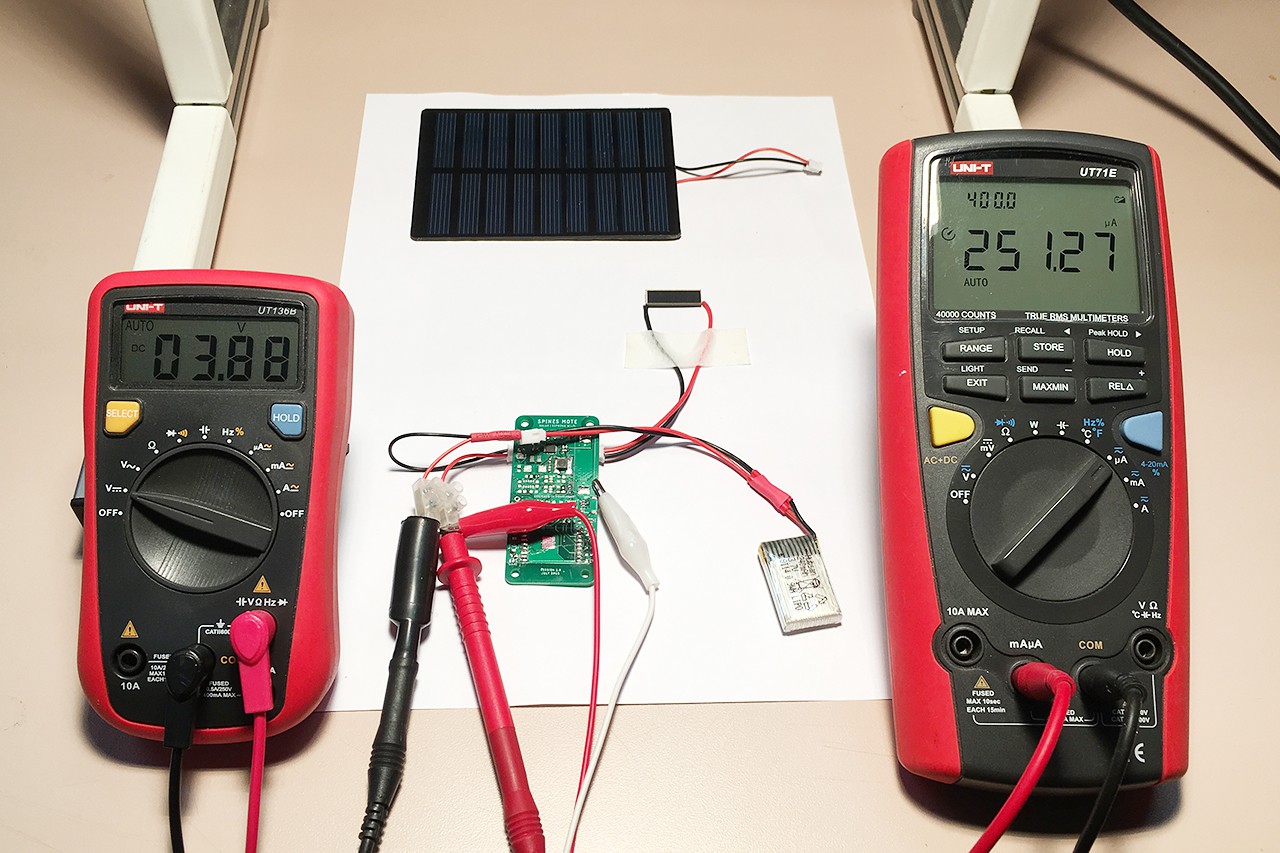
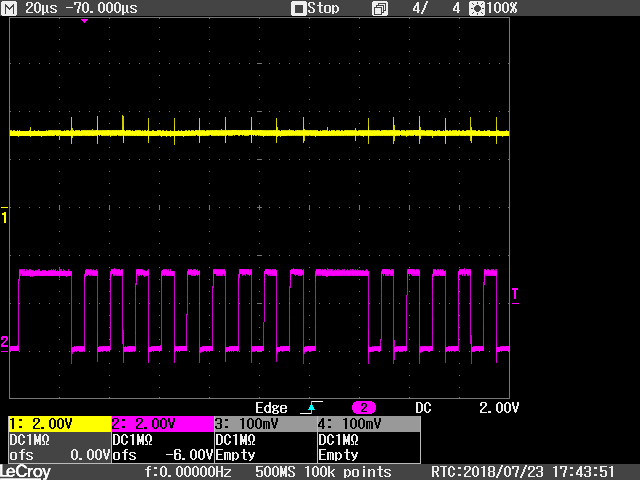
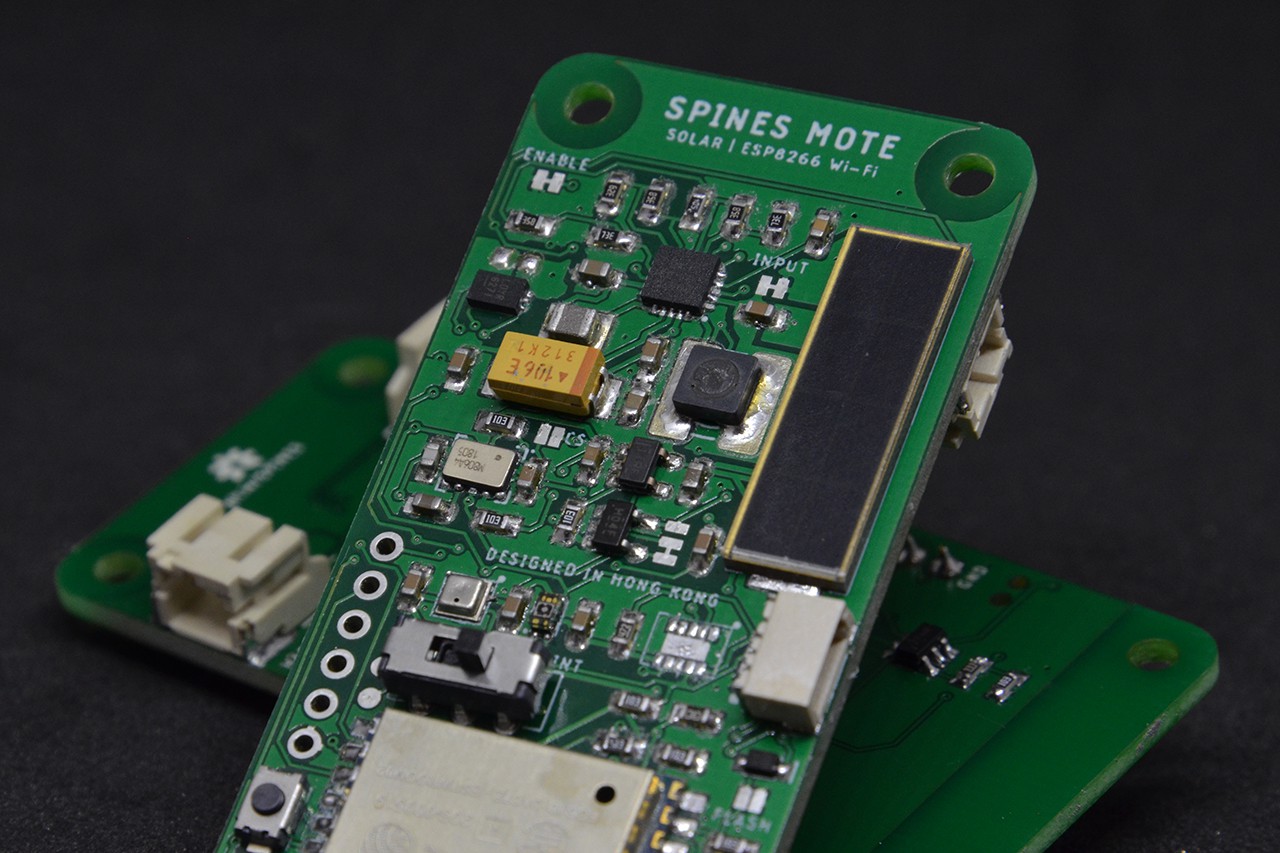

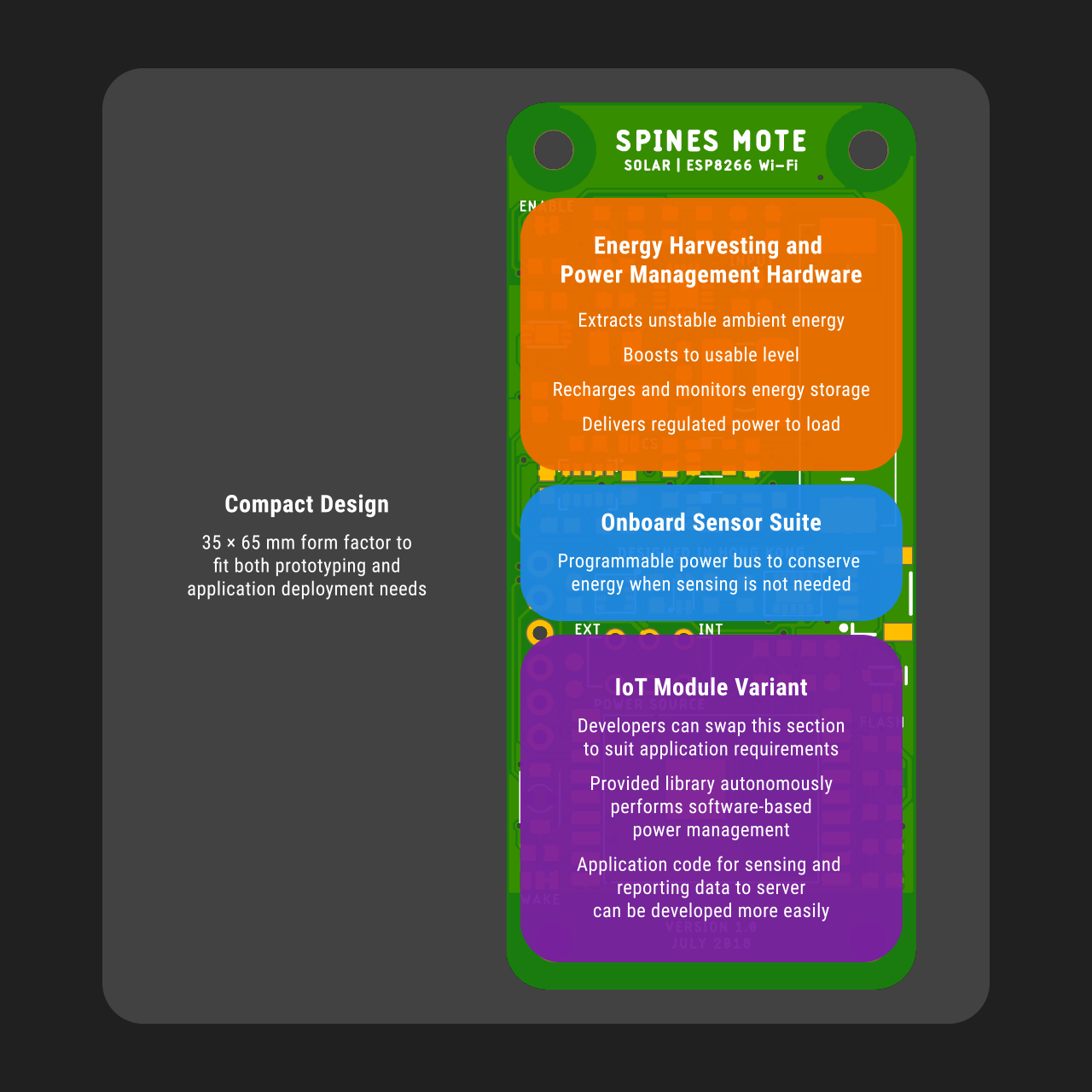
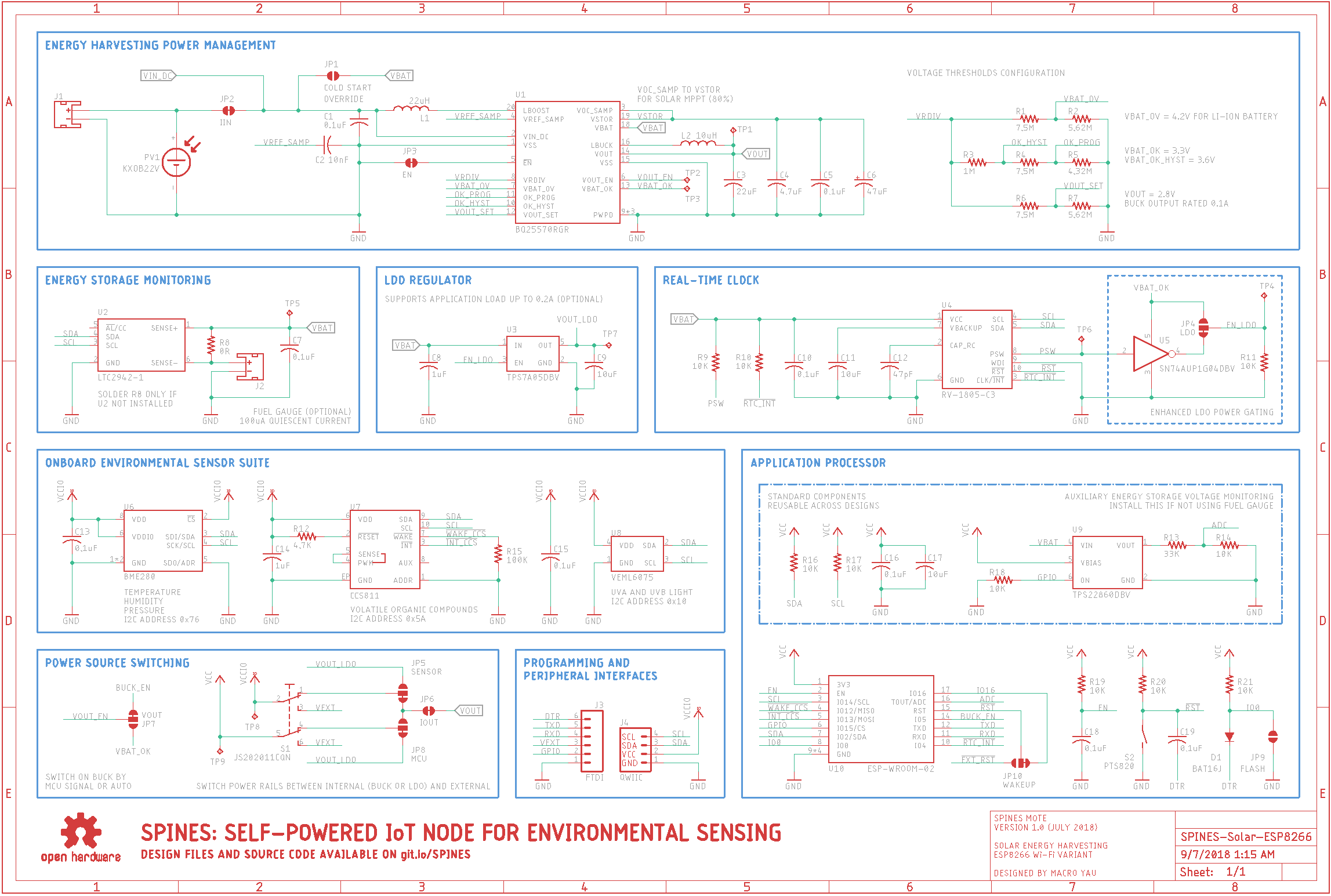
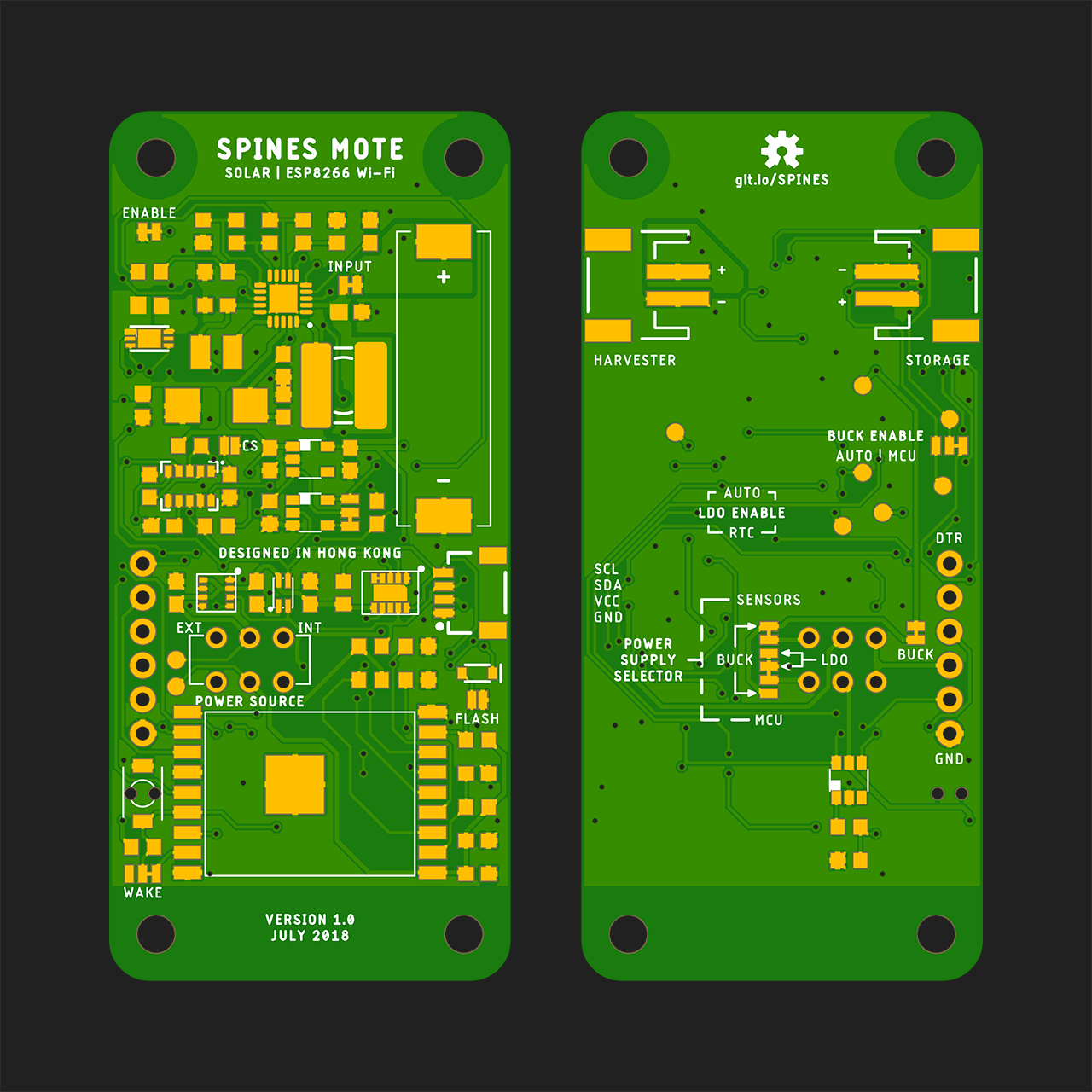



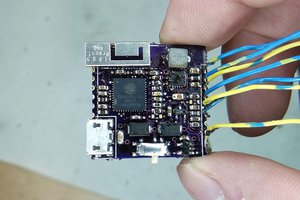
 Jarrett
Jarrett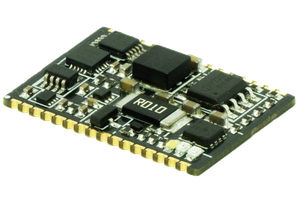
 Erik@EDrTech
Erik@EDrTech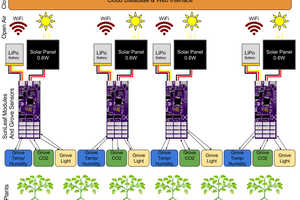
 AVR
AVR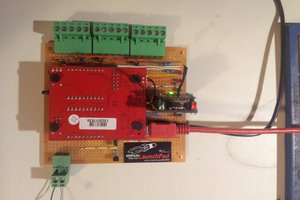
 PK
PK
I've had many issues with the I2C bus, not so many now i write in a timer interrupt to time out if the bus hangs, then i send multiple stops to clear the bus. Seems to work for me. Nice project by the way